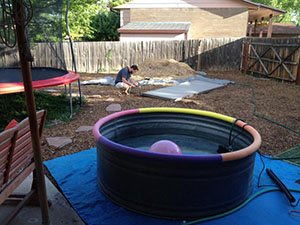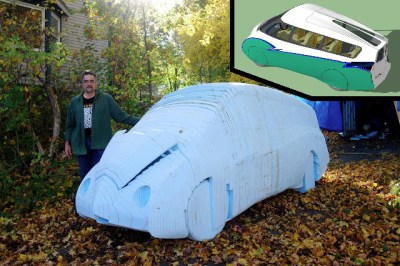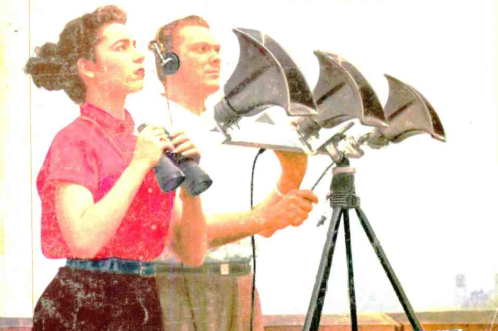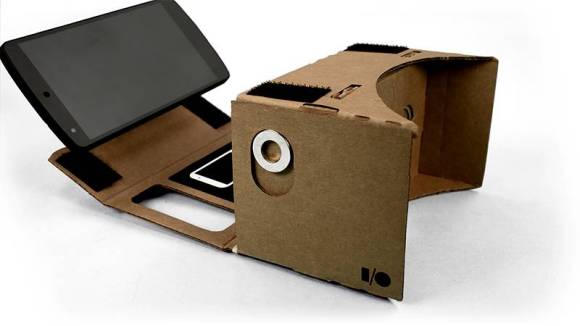It’s easy to get sucked into the increasing the complexity when sometimes the craftsmanship can be what makes the project. [Alex Weber] proves the point with his minimalist marble machine. There are no death-defying twists and turns, no convoluted path forks or overly-complex lifting mechanisms. This is about a clean and simple design that looks amazing whether running or stationary.
For the uninitiated, marble machines route marbles (or quite often steel ball bearings) through a set of paths usually guided by gravity for the delight of onlookers. Traditionally, making them complicated is the point. Take this offering which highlights years worth of marble machine builds all exercising different concepts. Sometimes they occupy entire rooms. We’ve seen them make a clock tick. And who can forget marble-based flip-flops that combine to form things like binary adders?
Have we scared you off from building these yourself yet? No, that’s the entire point of this one… it can be excruciatingly simple, while elegantly crafted. Check out the video demo below to see how one oval, one battery, and one motor have no problem bringing a smile to your face.
Continue reading “Your Marble Machine Doesn’t Need To Change The World”



 The simplest solar builds can be as fun as
The simplest solar builds can be as fun as  Getting energy from the sun is one thing, and putting it to use is another thing entirely. We spend a lot of energy on transportation, and for that there’s
Getting energy from the sun is one thing, and putting it to use is another thing entirely. We spend a lot of energy on transportation, and for that there’s 
 Perhaps you want to get your hands messy by mucking about in the dirt. You’ll probably find something interesting to build for this year’s Hackaday Prize, like
Perhaps you want to get your hands messy by mucking about in the dirt. You’ll probably find something interesting to build for this year’s Hackaday Prize, like 
























